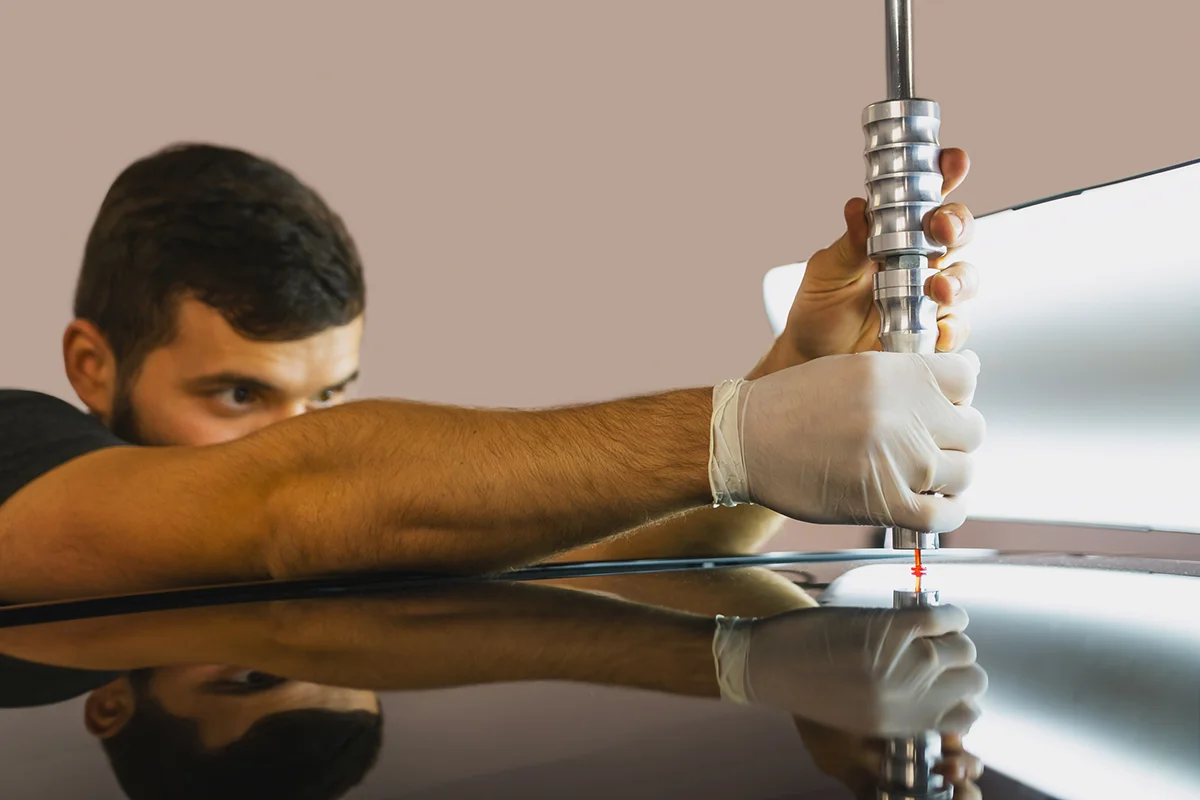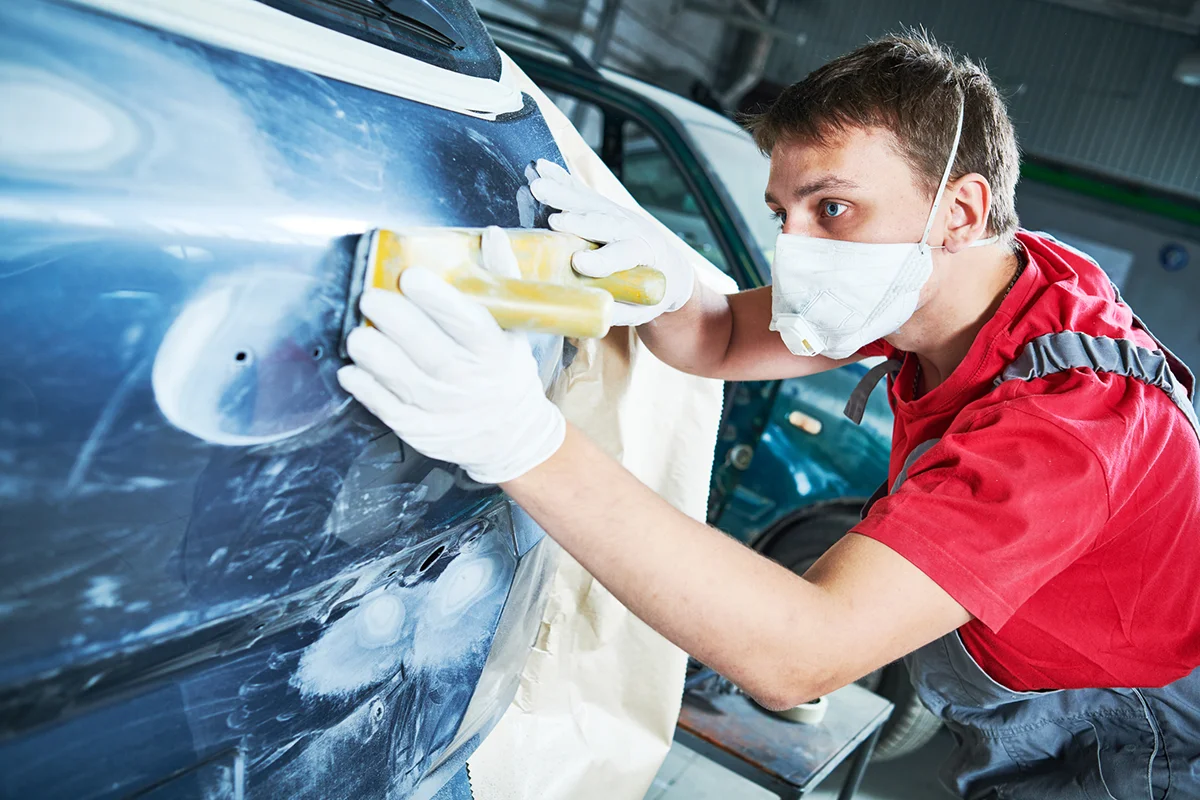What’s the Best Repair Method for Hail Damage?
Hail damage can wreak havoc on vehicles, leaving behind unsightly dents and dings. If you’ve experienced a hailstorm and need repairs, you may be wondering: Is Paintless Dent Repair (PDR) the best option, or do I need traditional bodywork?
In this guide, we’ll break down the key differences between PDR and traditional dent repair, helping you make the best choice for your vehicle.

What is Paintless Dent Repair (PDR)?
Paintless Dent Repair (PDR) is a modern repair technique that removes dents without the need for paint, fillers, or sanding.
Technicians use specialized tools to massage dents out from behind the panel, restoring the vehicle’s surface to its original shape.
When is PDR the Right Choice?
- Small to moderate dents from hail or minor impacts.
- Vehicles with intact paint (no cracks or chips).
- Quick, cost-effective repairs without the need for repainting.
Benefits of PDR
- Preserves Original Paint – No repainting, no color mismatch.
- Faster Repair Time – Often completed within hours or days instead of weeks.
- More Affordable – Lower labor and material costs than traditional bodywork.
- Eco-Friendly – No chemicals, paints, or fillers used.
- Maintains Vehicle Value – No Carfax report, meaning no impact on resale value.
Limitations of PDR
- Not suitable for large dents or deep creases.
- Cannot fix damage where the paint is cracked or chipped.
- May not work for dents located on panel edges or sharp body lines.
What is Traditional Dent Repair?
Unlike PDR, traditional dent repair involves filling, sanding, priming, and repainting the damaged area.
This method is used when the damage is too severe for PDR to fix.

When is Traditional Body Work Necessary?
- Severe hail damage with deep dents and panel distortion.
- Paint damage (cracks, chips, or missing paint).
- Metal stretching or creases that cannot be reshaped with PDR.
- Frame damage that requires bodywork and refinishing.
Pros of Traditional Body Work
- Can Fix Severe Damage – Works for deep dents, cracks, and misaligned panels.
- Full Paint Restoration – Matching factory paint for a seamless finish.
- Ensures Structural Integrity – Necessary for heavily damaged vehicles.
Cons of Traditional Body Work
- Higher Cost – More expensive due to labor, materials, and time.
- Longer Repair Time – Repairs can take days to weeks.
- Carfax Report – Traditional repairs may be reported to Carfax, affecting resale value.
- Less Eco-Friendly – Paints, fillers, and chemicals used in the process.

